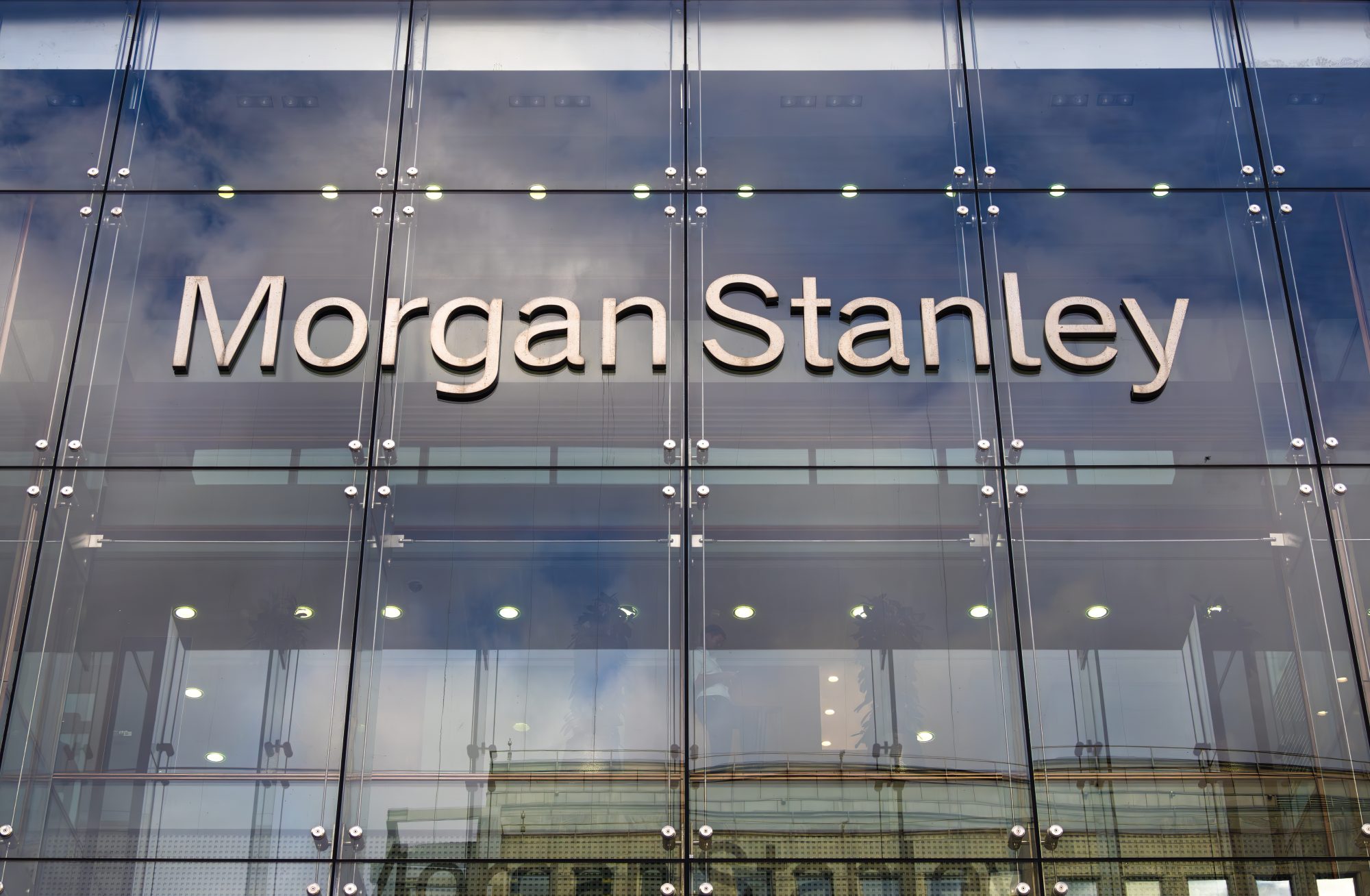Defined benefit pension funds have the highest aggregate funding ratio (FR) we’ve seen in years, with some large pension funds being more than 100% funded. In the past, a pension fund with a healthy FR would start thinking about defending its gains by re-allocating some of its assets from stocks to bonds, a de-risking strategy called liability-driven investing, but this assumes that interest rates are equally likely to rise or fall.
With interest rates only slightly above their historic lows and the Fed planning to hike policy rates sometime in 2015, it makes sense to plan on rising interest rates, and a KKR Prisma whitepaper argues that absolute return strategies are a better fit.
Absolute return strategies have low volatility, low beta to stocks
“Given the deficiencies of LDI strategies that exist under our basic assumption of rates rising at 50bps per year, we considered an alternative: absolute return strategies,” write Stanley Kogelman, Girish Reddy, Thomas Healey and Eric Wolfe of KKR. “Absolute return strategies have low volatility, low equity beta, and minimal correlation to interest rate changes.”
The idea is that allocating part of the portfolio to hedge funds (diversified by geography, size, strategy) that focus on absolute returns can play the same role as bonds by generating enough income to cover accumulated benefit obligations (ABO) at least for a certain timespan. This strategy diversifies the income generation portion of the portfolio so that pension fund isn’t quite as vulnerable to interest rate risk.
Reallocating from bonds to hedge funds is an even better strategy, if nothing goes wrong
While re-allocating from stocks to hedge funds is the most obvious analogue to LDI, the paper also proposes moving part of the bond allocation to hedge funds and leave equities alone. The researchers found that this approach had the highest probability of leaving a pension fully funded after five years, but only if the market behaves as they expect – meaning the stock market doesn’t take another dip and interest rates continue to rise.
Kogelman et al are bullish on US equities and expect it to continue growing for at least the next few years, though there are plenty who disagree. And while the Federal Reserve is unlikely to bring pull interest rates down intentionally, a shock that causes a flight to quality could bring rates down and punish this strategy as well.












